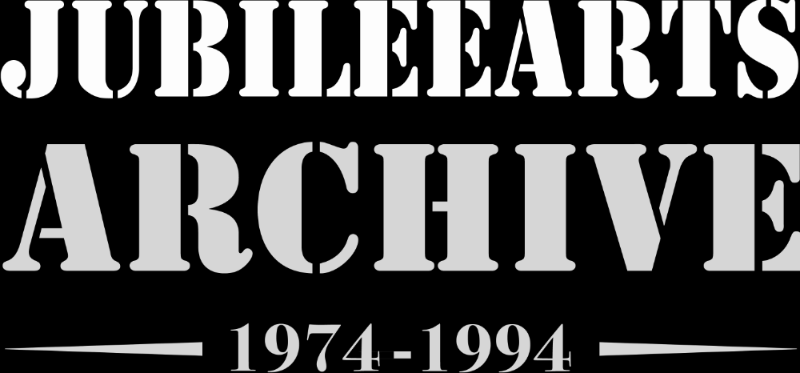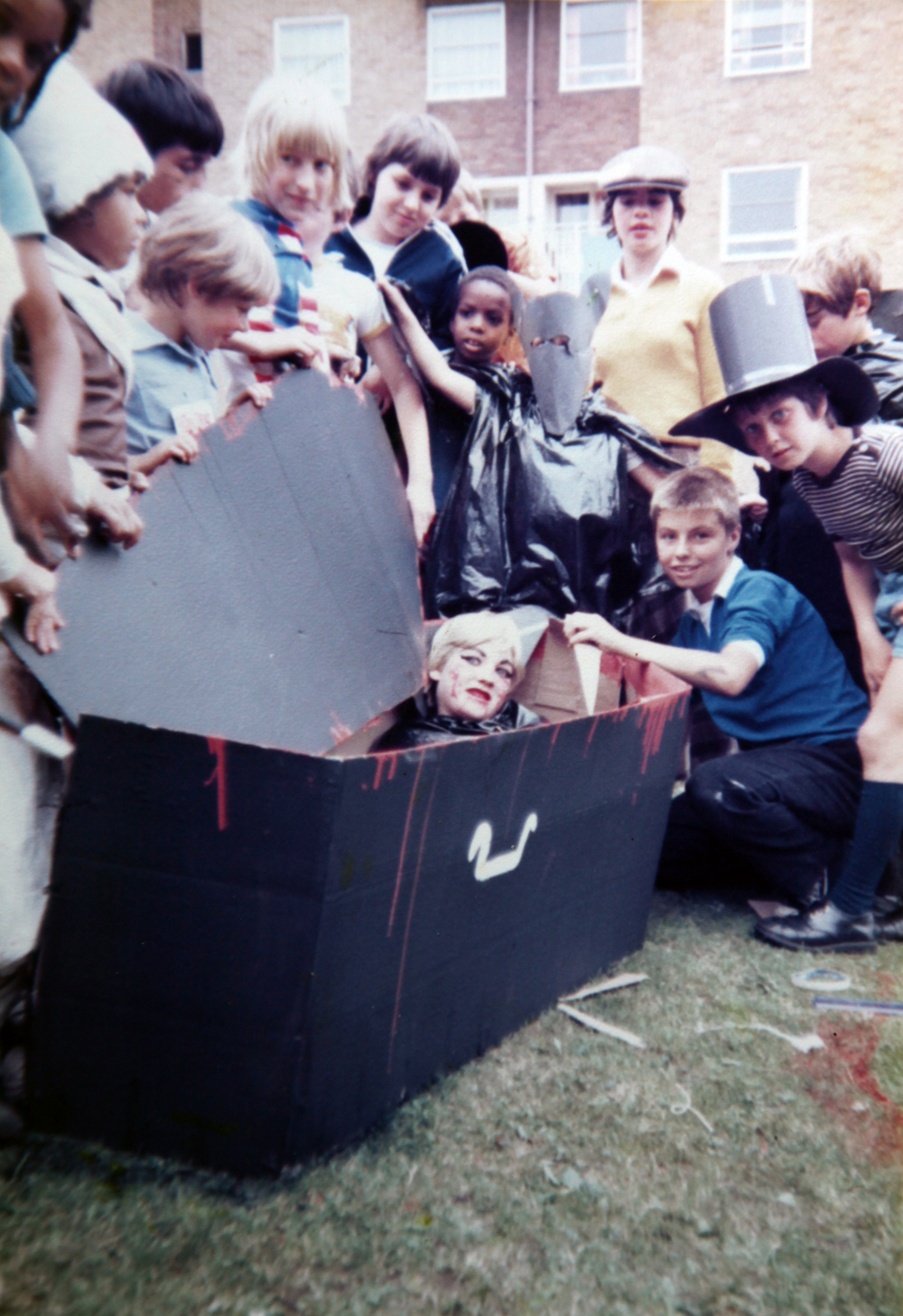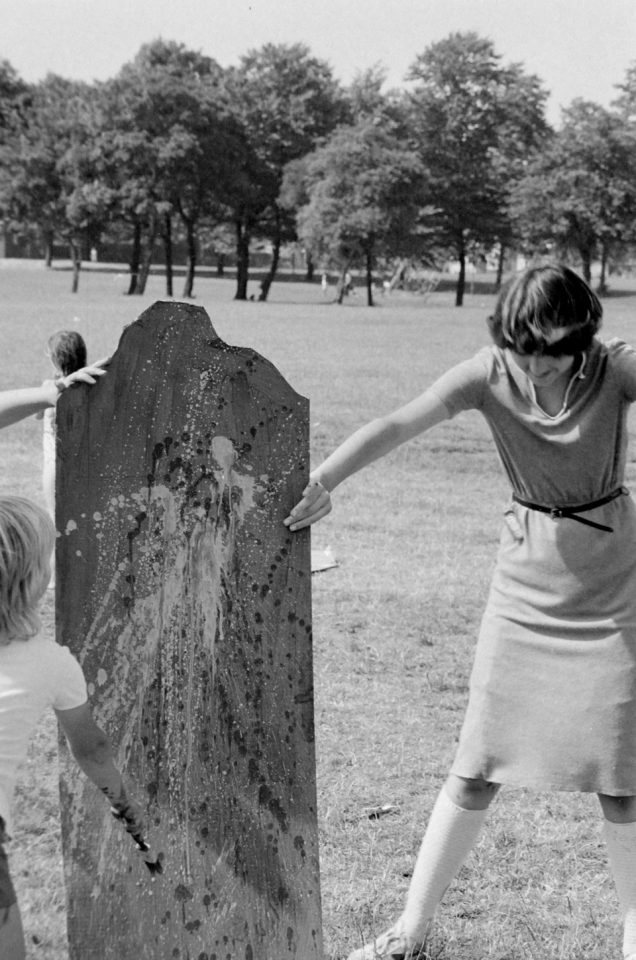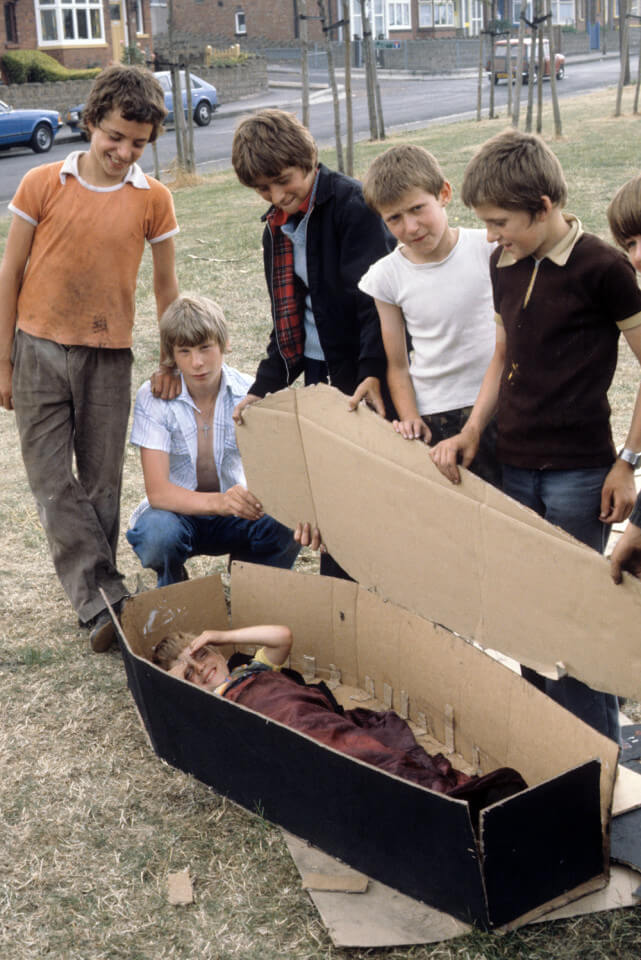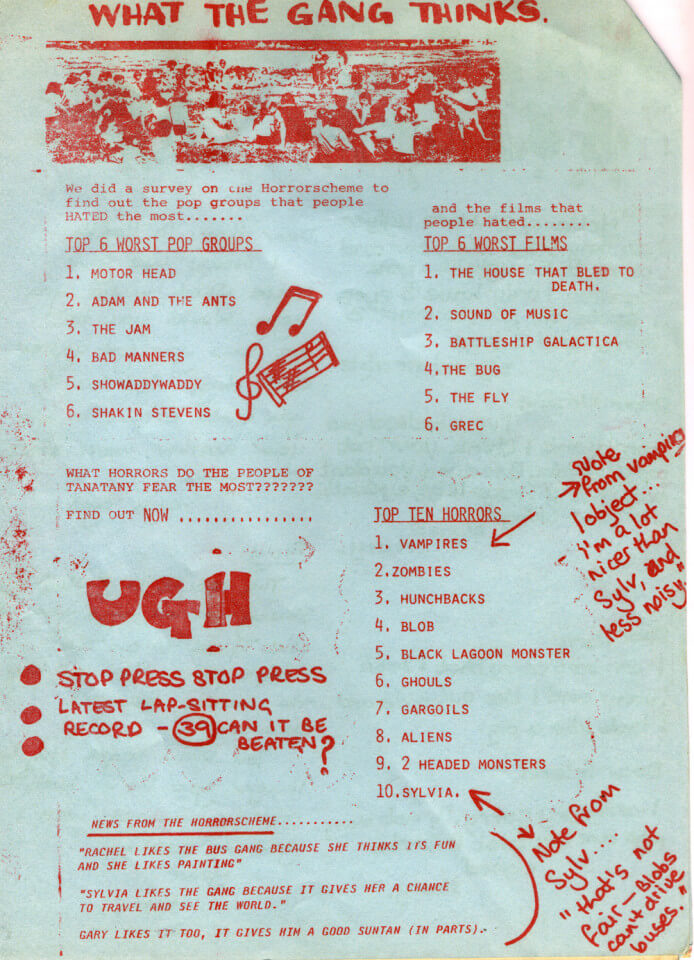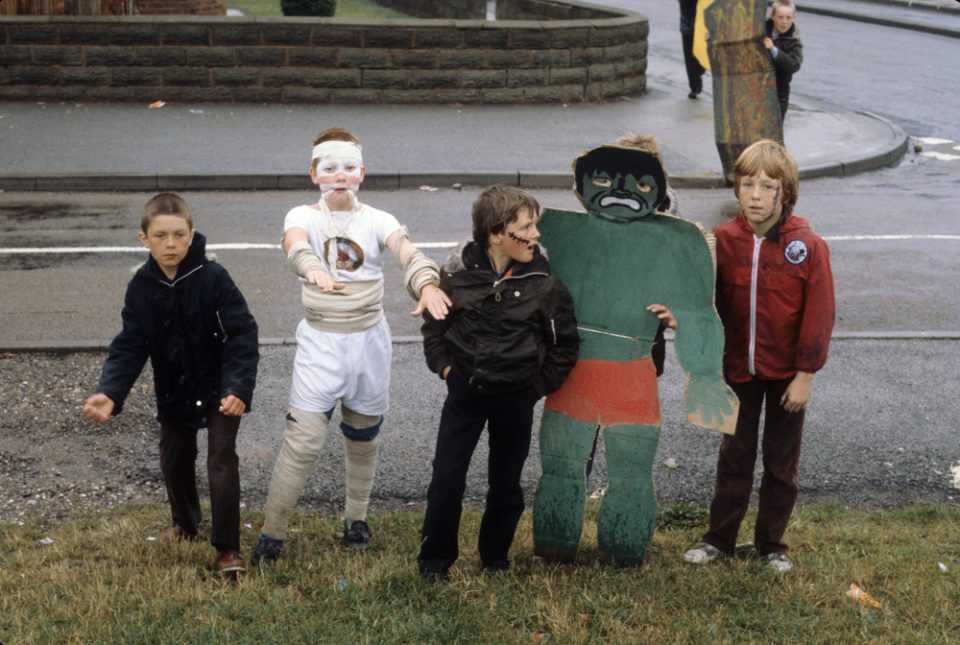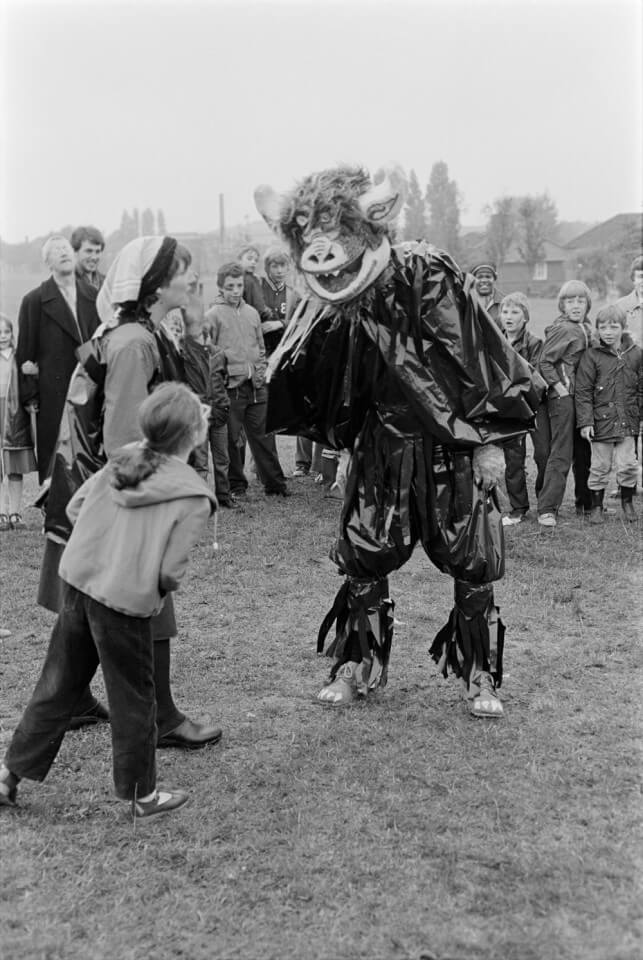For children watching reruns of Hammer Horror films on British TV in the late 70s, or the Saturday tea-time monsters of ‘Dr Who’, the idea of horror themed week held tremendous appeal. Witches, warlocks, mummies, hounds from hell, vampires, werewolves, zombies, mad monks, gargoyles, miscellaneous phantoms and their environs could quickly and effectively be conjured up with cardboard and paint, stage make-up, bandages, black cotton and bin bags. Proceedings began with a search for Harry the Horrible, with recent sightings reported locally of this creature that might have borne a resemblance to the mythical minotaur. This was long before the world was taken over by Harry Potter and Lord Voldemort.
Apart from dressing up, as part of activities, children were invited to make a comic, make monster portraits, write articles and ‘gory stories’ as they decided to call them. For example:
‘One day Harry was walking across the road when a bus went over his foot. He saw it was the Bus Gang’s Bus. So he said: “I’ll do something nasty to the bus.” Last night, Harry, aged 8,402, put shredded wheat in the engine. That caused the bus to break down. Harry is due to appear before the Bus Gang at the Jesson on Friday. The Bus is now working.’
They enjoyed spending the day writing ghost stories and poems, collecting horrible recipes, voting on the worst films – that turned out to be ‘The House That Bled to Death’ followed closely by ‘The Sound of Music’.
Some wrote letters to Harry’s Problem Page, and imagined what the replies might be: ‘Dear Mr Harry, You are uglier than any other monster and I want to be ugly like you. Because I only have 3 eyes 10 spots all purple and 3 arms and legs. Signed, Orable.’ The reply: ‘Dear Orable, I’ve studied your complaint. I think you’re not very orable. Because you don’t eat many frogs legs, eyeballs, and other things. Signed, Harry.’
This was play with purpose, with tongue firmly in cheek. Yet this bacchanal of dreaded creatures of the night, now making a daytime appearance, relied on their participation and imagination, the community and audience were an integral part of any project, joining in with these large-scale enactments of fantasy and costume play.
David Harding, resident artist in Glenrothes, Scotland in 1968 – 78, noted: “If Jeremy Dellar or Thomas Hershaw had made their works in the 70s and 80s they would have been dismissed completely. So it’s a transformation that has taken place. Their works can be now seen as contemporary art practice, whereas in the 70s and 80s they would have been dismissed as community arts… I’ve been very happy to see the fact that what community artists of the 60s and 70s and 80s set out to do was taken up by contemporary art. I sometimes, maybe wrongly, call that kind of evolved community arts, you know, the socially engaged practice. But I think it paved the way for artists to dare to go into social areas that they wouldn’t have done previously.”
